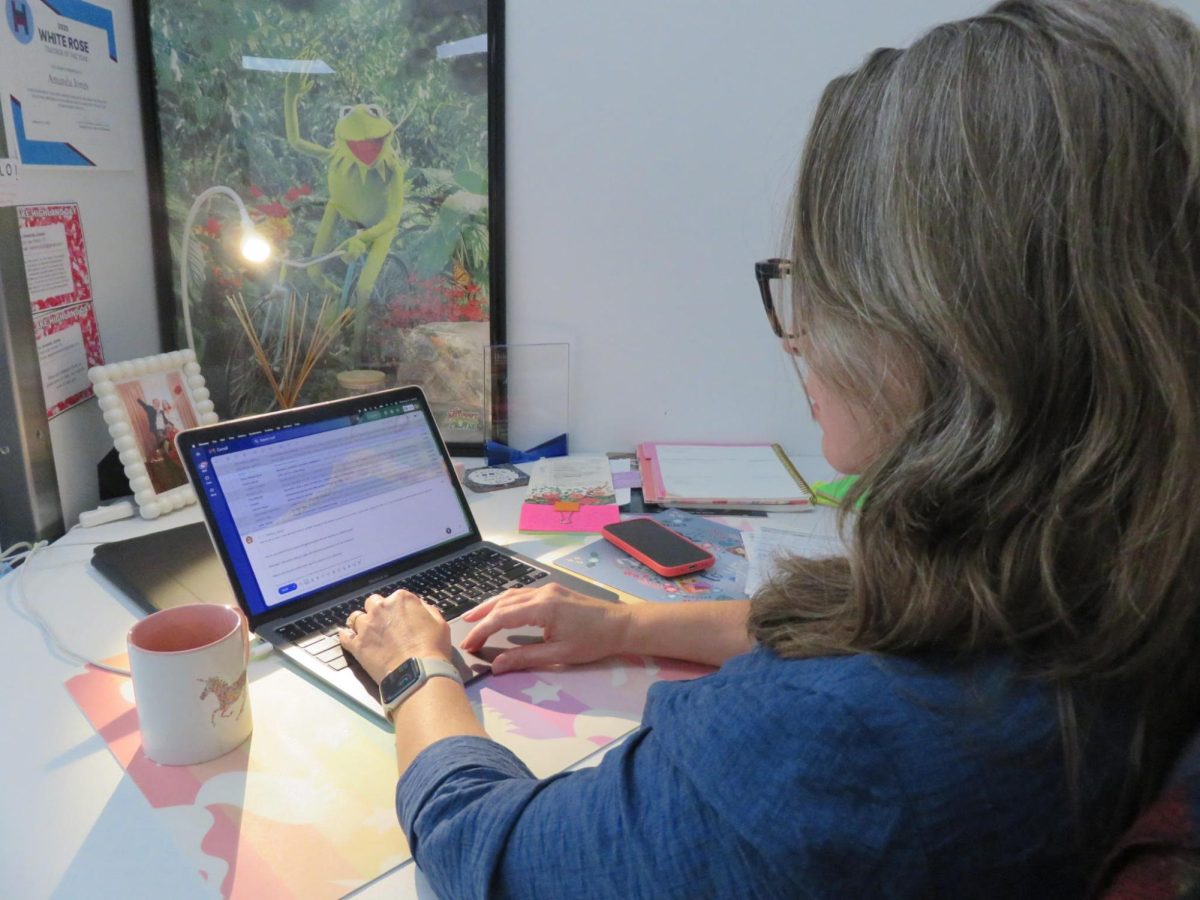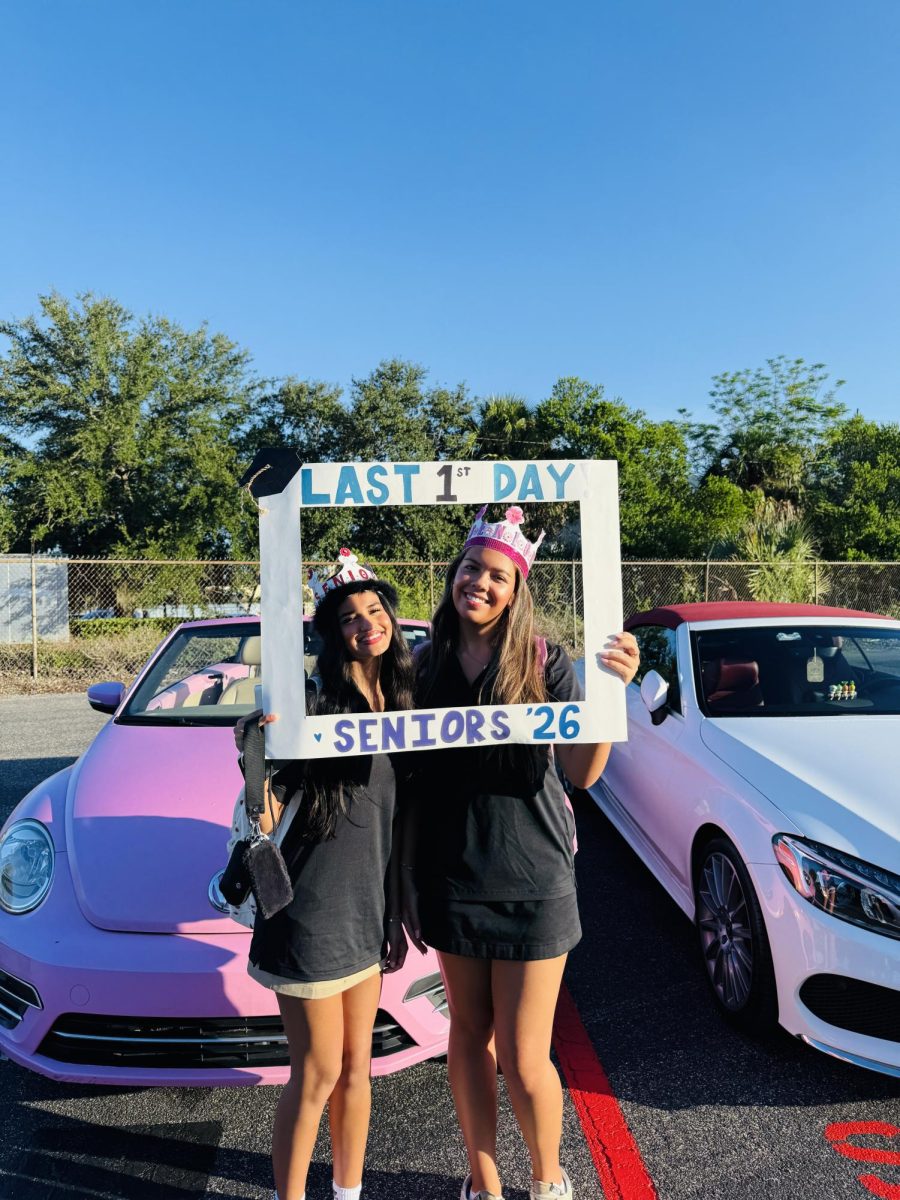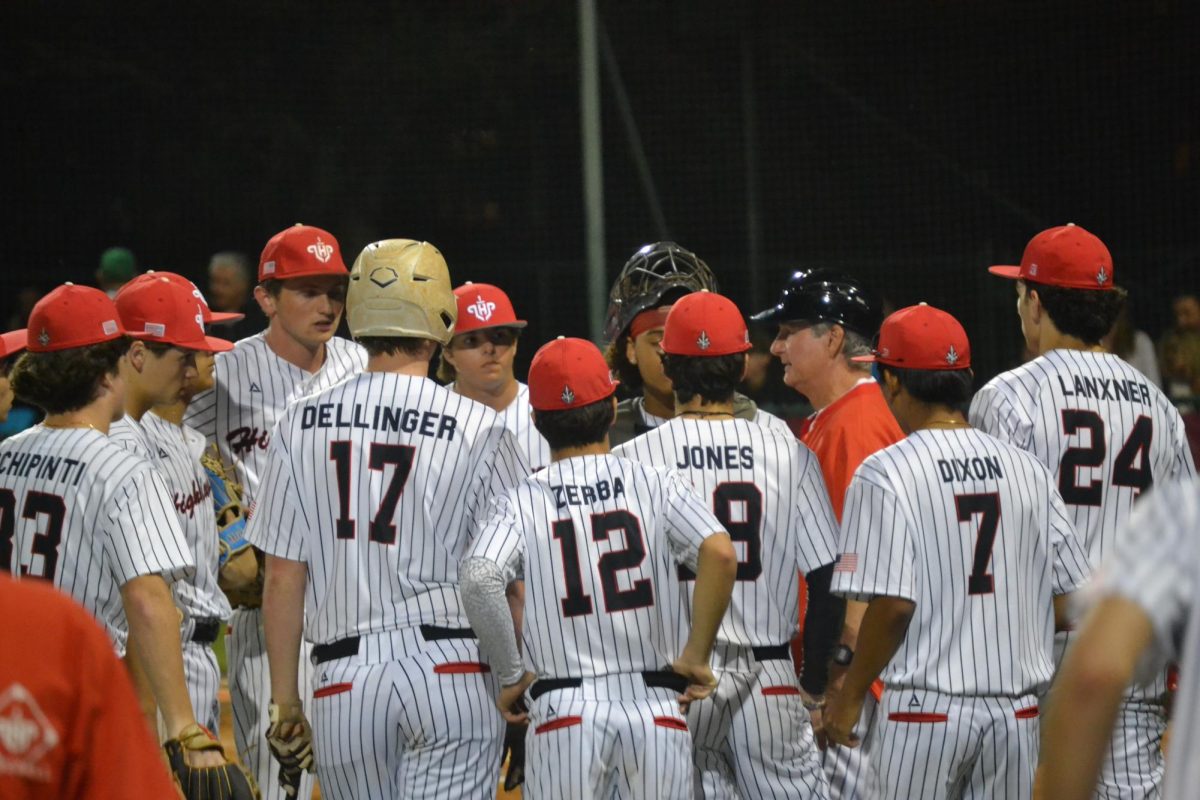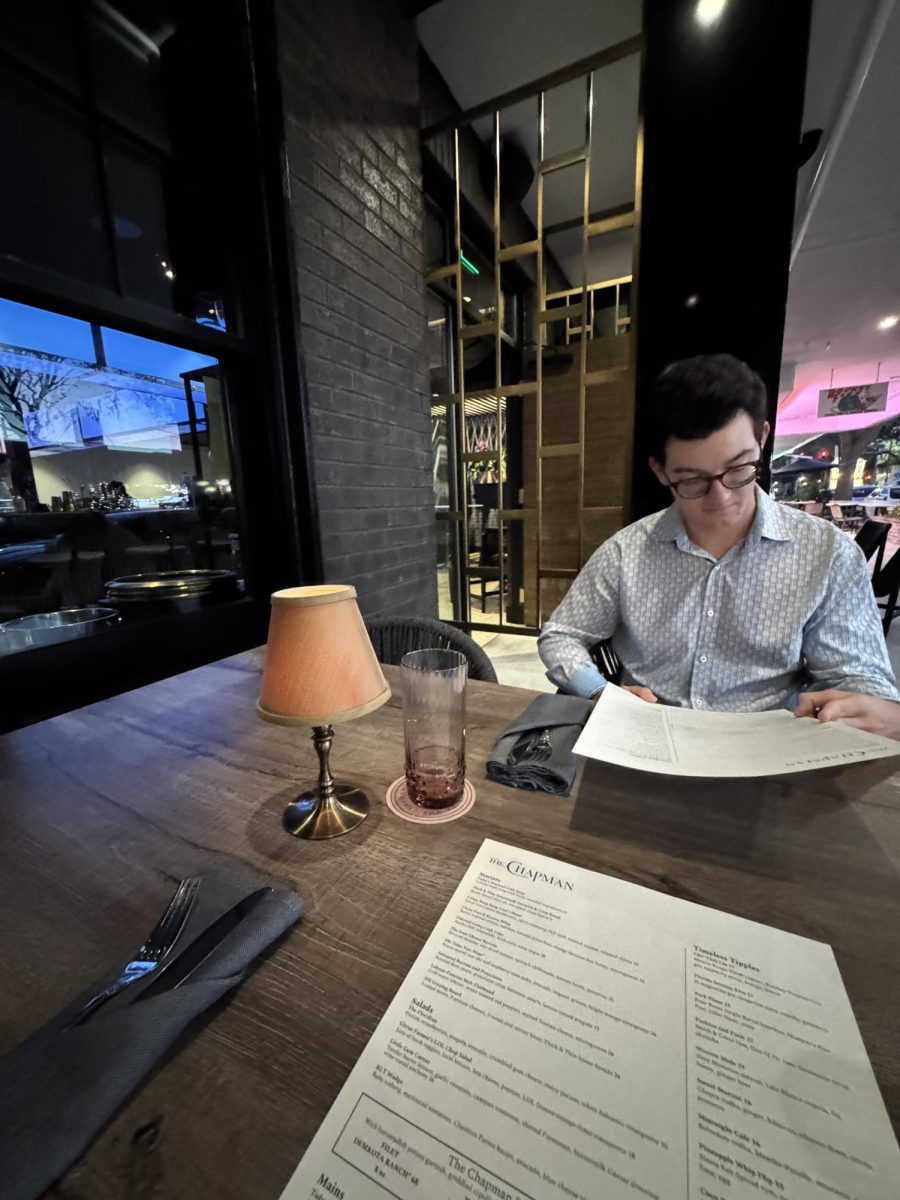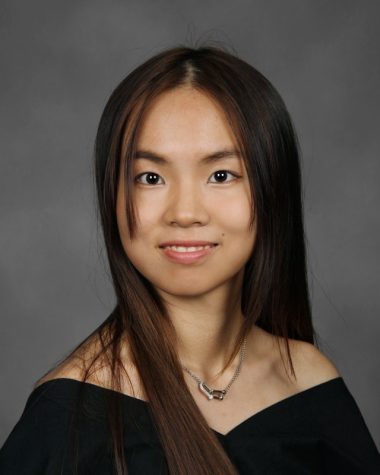Banned Books Week Unites LHP
October 25, 2022
Banned books and censorship have existed for as long as books have been in print. In response to this injustice, every year during the last week of September, the Calkins Library holds a Banned Book Week celebration in order to be involved in the call from The American Library Association. “The American Library Association each year celebrates a week-long recognition of our freedom to read and make our choices about what we like to read. And it is called Banned Books Week. It’s not about banning books. It’s about celebrating our freedom and our choice,” the Upper School Library Coordinator Mrs. Cindy Wray explained.
The celebration has activities that vary each year and encourage every student to participate. This year Mrs. Wray decided to collaborate with Upper School faculty member Mr. Jonah Hardy to host a poster design contest for students in Mr. Hardy’s online branding class. This was the first time the Calkins Library partnered with a class to prepare for the celebration. Based on the prompt, “Books unite us; censorship divides us,” students began designing posters that reflect this theme. Their final products were exhibited in the Calkins Library throughout the celebration week at which students from the Middle School through the Upper School voted for the winning poster.
Faith Graham, grade 11, and Gigi Adamson, grade 11, were the final two winners of the competition. The poster they co-created was unique in its concept that depicted a delicate hand with vibrant red nails holding a book titled Books Unite Us. On the poster, the book was illustrated, showing that it was being pushed through a paper shredder, and the strips of shredded paper could be seen emerging as red as the nails. The destroyed paper could be seen falling onto the three words, “Censorship divides us.”
When Faith and Gigi shared their interpretation of the prompt, they emphasized the word, “Sinister.” Faith explained, “We took the prompts in a sinister route. It is a sinister prompt, but we took it very literally in the sense of shredding. We wanted to paint a woman’s hand with long nails, something so pretty being implemented to something so sinister.” Gigi added, “It could’ve been cleaner, in terms of how we read the prompt. but I think censorship kills the work of arts; it takes that away. The work of author being shredded. It is very bloody in a sense, so I think that the blood coming out of the paper shredder really, really hammered that, sinister-like. That’s really like what we tried to go for with the whole black background, blood, kind of energy we have over there.”
Censorship in history was far more suffocating than the artistic depiction. Faith and Gigi explained that their source of inspiration was almost solely the 1950s of the United States. Faith mentioned that the bright colors and flat imagery in their poster adopted the pop art aesthetic that appeared in the 1950s advertisements, posters, and magazines. They wanted to mimic the idea of terrifying and scary imagery in the 1950s pop culture. “The nuclear family! That suburban style of life with all of them, like cookie cutter houses, cookie cutter families. There’s two kids, one dog, that kind of energy can be very easily like nightmare fuel,” Gigi elaborated further. She explained, “There is a Doctor Who episode where all the kids are bouncing balls at the same time. It’s terrifying. The 1950s ideals of banning, censoring things, and not wanting certain things to be told to your children, that kind of stuff. They were all very sheltered.”
Book censorship is rarely a topic on the dinner table these days, despite its influence being persistently more prevalent. So the importance of Banned Book Week also included bringing in awareness. Mrs. Wray always finds herself amused by people who say, “‘What? Books get banned?” Mrs. Wray always replies, “Yes they do!’” Unfortunately, ignorance does not stop the climbing number of censored books in the United States each year.
When discussing the banning of books, Faith admitted, “I can see why it would be out of concern. But I think that concern is just heavily misguided and misinterpreted. Banning content should not be the solution.” The consequence of censorship is far worse than the one of controversial content. Gigi explained how sheltering young kids from the real world through censorship can easily end up in unwanted alienism and hatred. She elaborated, “That’s basically like removing the fact that they are censoring artists. They’re basically trying to censor it out of their kids so that when they grow up maybe it won’t exist. If you ban that content, it seems alien to them when they see the real world.”
Censorship divides the community at its roots by leading the younger generations astray, but books and education unite us. “You should teach or kids should be able to have access to as many pieces of literature as possible, so they can form their own opinions,” Faith indicated. She went on to say, “And they are not sheltered to one state of mind that people want to enforce by banning other content that they’re not allowed to see, and not allowed to interpret.”


red and sharp strokes not only expressed 1950s Pop Art, but also visualized the terrible consequences of censorship. “What might be appropriate for one person is not appropriate for another. But should the person that it is
not appropriate for say to the person that it is appropriate for, ‘You
can’t have it because it’s not appropriate for me?’” questioned Mrs. Wray.
Photo by Tina Zhang. (Photo by Tina Zhang.)
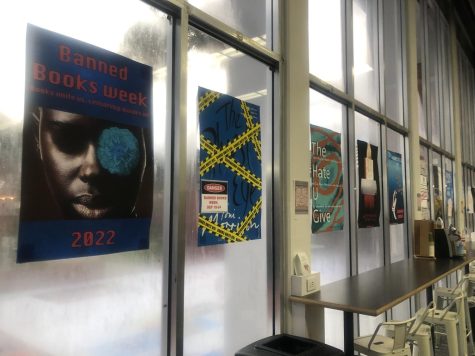
banned book posters and disclosed her plan about making this contest annual. “We’ll do it again next year because…it turned out great,” exclaimed Mrs. Wray. Another expected upcoming event is the book week celebration in January. There, a famous writer will speak. Photo by Tina Zhang. (Photo by Tina Zhang.)







